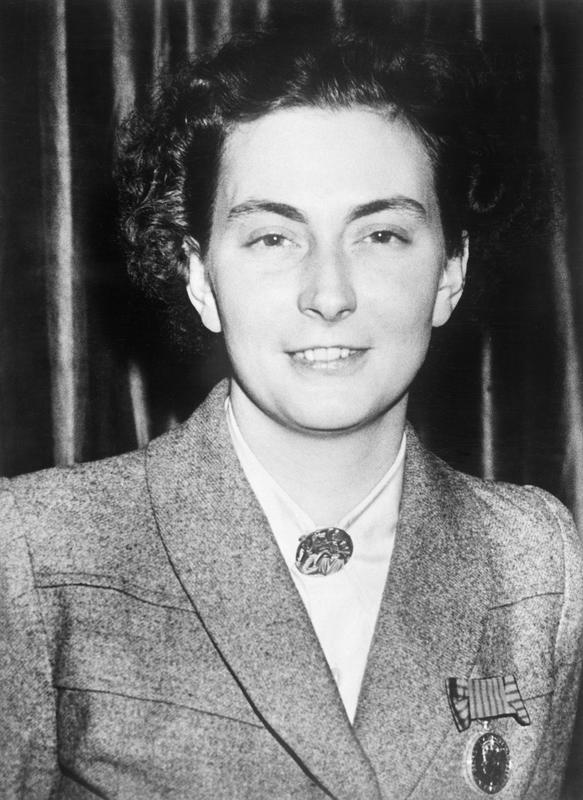She was born in Schaerbeek (now a district of Brussels) under German occupation during WWI. Her mother, a British nurse, was shot for helping soldiers escape from Belgium to the neutral Netherlands. Andree de Jongh became, like her mother, first a nurse and during World War II a heroine rescuing Allied soldiers.
Andree de Jongh recalled that after the Germans reoccupied the country, she could not sit back. She decided to help Allied soldiers, mainly airmen, return to Britain. The route from Belgium led through France, over the Pyrenees to Spain. The first successful smuggling Andree de Jongh made in August 1941, at which time she transported a Scottish officer – James Cromar from Aberdeen and two Belgian officers from Brussels to Spanish Bilbao.
Andree de Jongh organized a whole network of people helping the Allied soldiers. At first, the British government was distrustful, suspecting the young Belgian woman of being a German agent, but the rapid success of her network resulted in the net soon being funded by British intelligence. This was necessary, for one smuggling operation cost the organization more than $2,000 at the present value of that currency).
The Comet Line was the largest such network organized in Western Europe. During the three years, more than 770 people were smuggled, using various transportation routes. The most common route, laid out by Andree de Jongh, led from the Belgian capital or Lille in France to Paris, then through Tours, Bordeaux, Bayonne and the Pyrenees to San Sebastian. Further routes ran to Madrid and Gibraltar, and more than 400 people were smuggled through this route. However, over time, German intelligence, with the help of a network of collaborators, led to numerous arrests among the network. On January 15, 1943, while carrying out a smuggling operation on the French-Spanish border, Andree de Jongh also fell into the hands of the Germans. During the investigation and torture, the Belgian woman revealed who she was and what she did for a living, but the Gestapo interrogator did not believe the story she told. This saved her life, and the young woman was sent to the Ravensbrück camp.
When the Gestapo realized who they had in their hands, they tried again to find her, but de Jongh was very sick and malnourished in the camp, and she also hid her identity, so the Germans were unable to find her in the crowd of women imprisoned in the camp.
The Belgian woman survived the war, and was liberated with the arrival of the Red Army on April 30, 1945.
